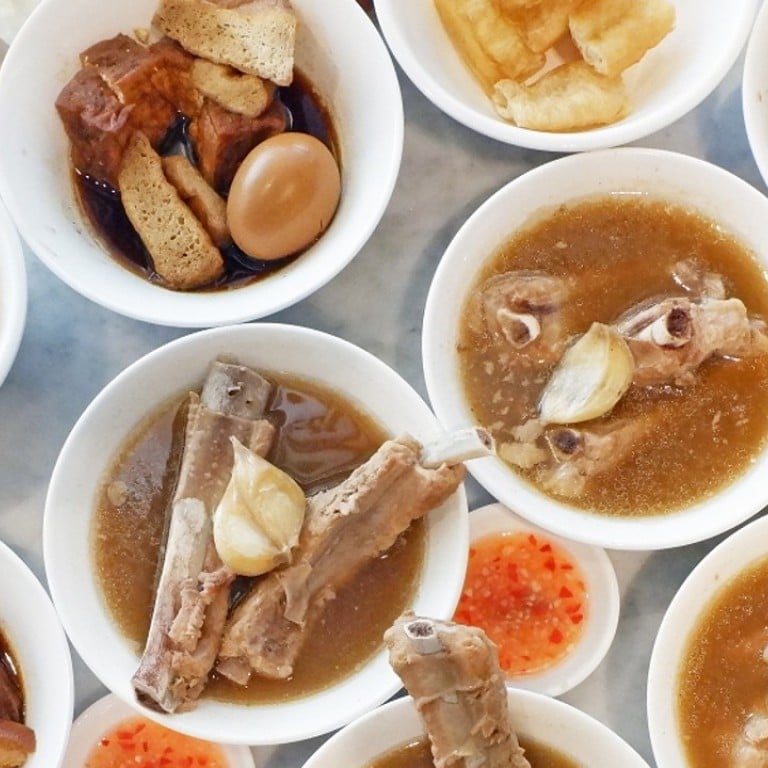Is bak kut teh from Malaysia or Singapore?

We’re here to delve into yet another Malaysia versus Singapore food debate – this time, it’s all about the soul-reviving herbal pork rib dish
Decidedly fragrant and undeniably gratifying especially when savoured on a cold rainy day, bak kut teh (which literally means “meat bone tea” in the Hokkien dialect) has been a signature local dish in Singapore and Malaysia since, well, forever. Its actual origins may be murky but it is believed that bak kut teh was brought over by early Chinese immigrants from China’s Fujian province who largely settled in both countries.
Despite its name, the dish does not actually contain tea; it generally refers to a tea-drinking ritual which has become an integral part of eating bak kut teh (it was not originally served with tea). The tannin in strong Chinese oolong tea purportedly demulsifies the copious amount of pork fat by separating the oil from the herbal broth so that the body can eliminate it. Another explanation you might hear is that the “teh” is actually the name of the person who created the dish in Klang in the 1940s (more on that later).
For the uninformed, bak kut teh is a popular pork rib dish cooked gently in a complex broth of herbs and spices for hours and is often – but not always – served with a bowl of shallot-flavoured rice.
Although there are Teochew and Cantonese interpretations of the dish found all over Malaysia, Singapore and certain parts of southern Thailand, bak kut teh’s Hokkien roots seem to have the strongest, most established presence.
The key characteristics of the different forms of bak kut teh:
Hokkien-style – A darker, more fragrant soup thanks to a combination of various herbs and spices plus light and dark soy sauces.